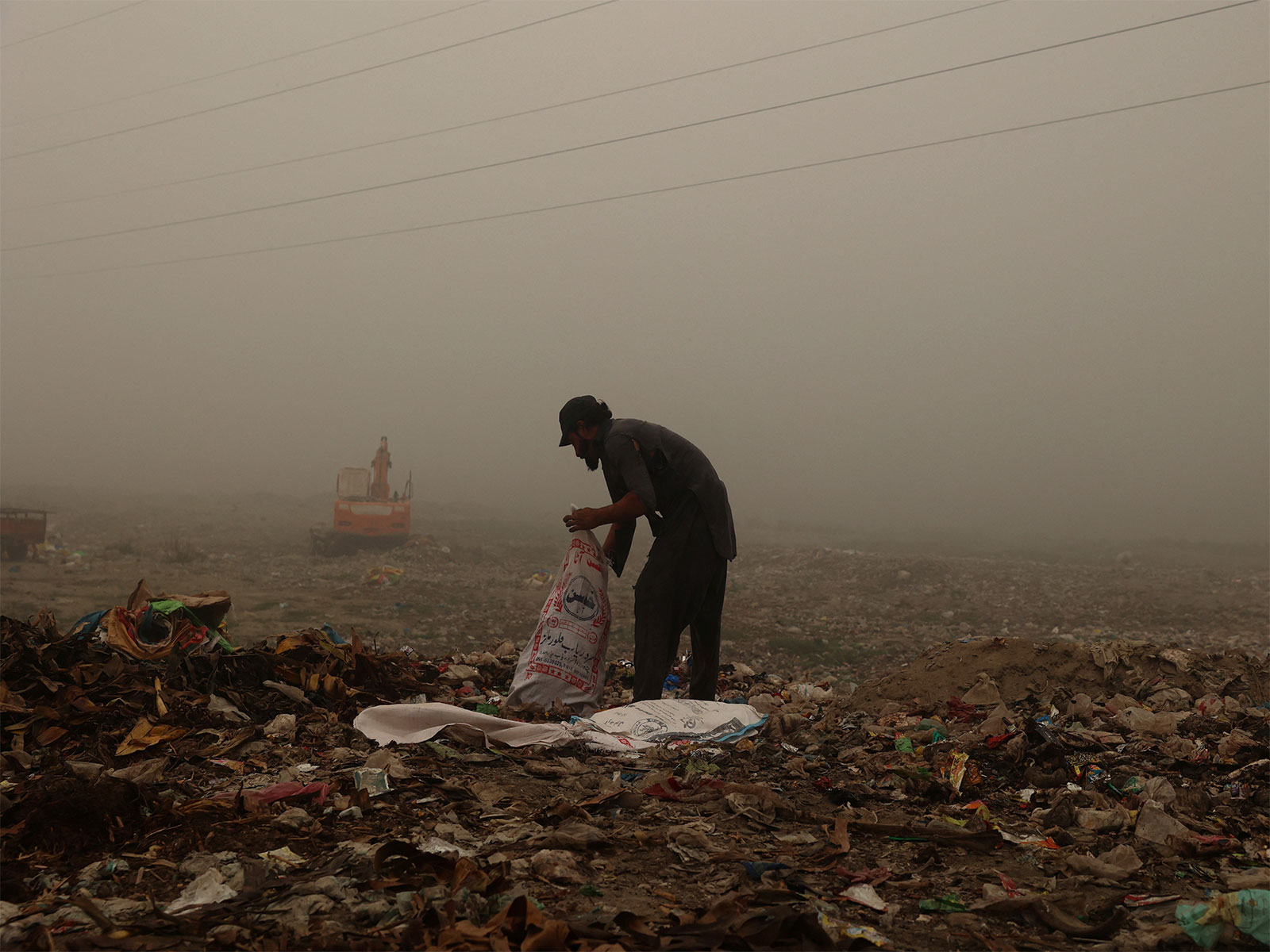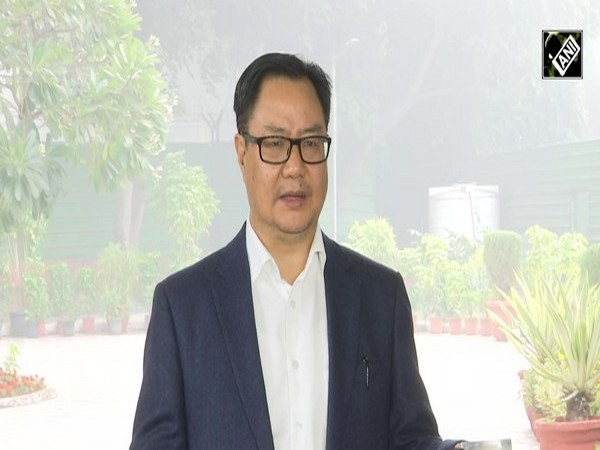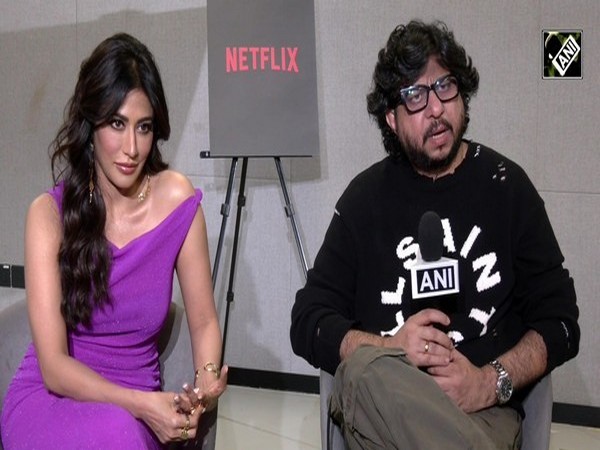Delhi: Experts discuss rich, historic India-Nepal ties at book launch event
May 15, 2024

New Delhi [India], May 15 : Several experts and diplomats attended the book launch of 'Kathmandu Chronicle: Reclaiming India-Nepal Relations' here on Tuesday and highlighted the historic and age-long relations between New Delhi and Kathmandu.
Among the notable attendees at the event were veteran Bharatiya Janata Party leader Murli Manohar Joshi, former Indian Ambassador to Nepal, Manjeev Singh Puri, and senior journalist and founder and Chairman of news agency Asian News International , Prem Prakash.
Joshi appreciated that India-Nepal relations, "a topic less discussed," is the focus point of the book, written by KV Rajan and Atul K Thakur.
"I believe this book will be very popular and informative," Joshi said while lauding the book on Indo-Nepal relations.
Elaborating on the rich and historic ties between India and Nepal, the former Minister of Human Resource Development said the Central Himalayas were divided into two parts; Kedarkhand, which is the modern-day Garhwal, and, Manaskhand, which is today's Kumaon.
"According to history, people of the Sapta Sindhu region went into different parts of the country. Among them, were the Angiras Gotri Brahman. They had knowledge of Samaveda, Yajurveda...a section of them had reached Kerala. Because of this, the Rawal (chief priest) of Badrinath is Angiras Gotri Brahman and comes from Kerala," he said.
He also spoke on the connection between the people of Kumaon, Uttarakhand and the Gorkha dynasty in Nepal by recalling a historic episode.
"A Gorkha king was in exile in Banaras. Discussions were taking place, regarding how to bring him to Kathmandu. A Pandit ji helped in this and reinstated the king there. For this obligation, the king married his daughter to the priest's son. He also did her 'kanyadaan' and kept her as his own daughter...Nepal king appointed one of our ancestors as the record-keeper of whole Kumaon region. They (record keepers) were also given a red stamp, it is still with the Shakha. It symbolizes that the person is just like the King's brother," Joshi further added.
Founder of ANI, Prem Prakash recalled his first visit to Nepal around 1949. He said that Nepal lacked basic facilities like roads, and electricity at that time.
He also pointed out that as Nepal, once his favourite holiday destination, progressed over the years, it also suffered severe deterioration of air quality.
"Kathmandu and Nepal were my family's very favourite places for a short holiday once a year at least. And then comes development and we suddenly dropped it. Why? Because air in Kathmandu became worse than what Delhi is at the moment. Outside mountain, it's all development, but development that is not properly managed," the senior journalist said.
"The relation between India and Nepal...have been pretty good...It's politics with our bigger neighbour. If we can deal with them, we can deal with Nepal too," he added.
Former Indian envoy to Nepal, Manjeev Singh Puri said that Nepal is very close to India and there is a resonance between the two countries.
"Nepal is close to us...our closest neighbour. It's a country, when we talk about it, our heart beats (humara dil dhadakta hai). There is a resonance, and that's the reason why there's despondency, why theirs is upset at certain times, and there are different ways in which things happen at times," he said at the book launch event on Wednesday.
As close neighbours, India and Nepal share unique ties of friendship and cooperation characterized by an open border and deep-rooted people-to-people contacts of kinship and culture.
There has been a long tradition of free movement of people across the border. Nepal shares a border of over 1850 km with five Indian states - Sikkim, West Bengal, Bihar, Uttar Pradesh and Uttarakhand.
The India-Nepal Treaty of Peace and Friendship of 1950 forms the bedrock of the special relations between New Delhi and Kathmandu.
Nepalese citizens avail facilities and opportunities on par with Indian citizens in accordance with the provisions of the Treaty. Nearly 8 million Nepalese citizens live and work in India
India has its Embassy in Kathmandu and a Consulate General in Birgunj, while Nepal has its Embassy in New Delhi and a Consulate General in Kolkata.



















